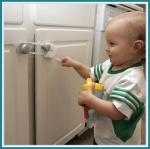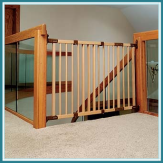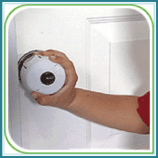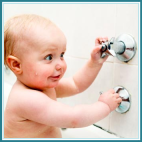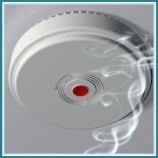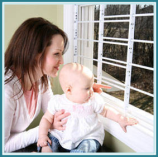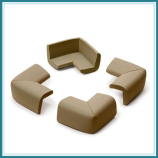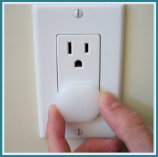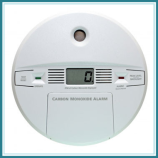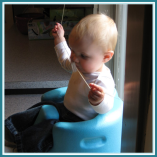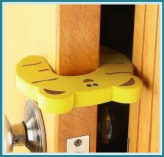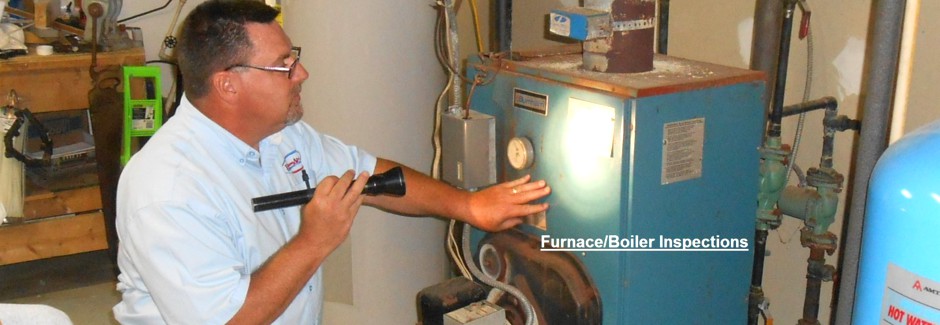
★ Child-Proofing Your Home ★
12 Safety Devices to Protect Your Children
10. Cut window blind cords to help prevent children from strangling in blind-cord loops. Window blind cord safety tassels on miniblinds and tension devices on vertical blinds and drapery cords can help prevent deaths and injuries from strangulation in the loops of cords. Inner cord stops can help prevent strangulation in the inner cords of window blinds.
12. Use a cell or cordless phone to make it easier to continuously watch young children, especially when they're in bathtubs, swimming pools, or other potentially dangerous areas. Cordless phones help you watch your child continuously without leaving the vicinity to answer a phone call. Cordless phones are especially helpful when children are in or near water, whether it's the bathtub, the swimming pool, or the beach.
Call ☎ (518) 505-8305 To Schedule Your Home Inspection!
Serving Albany, Columbia, Fulton, Greene, Montgomery, Rensselaer, Saratoga, Schenectady, Schoharie & Washington Counties


